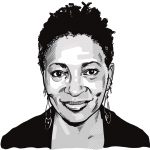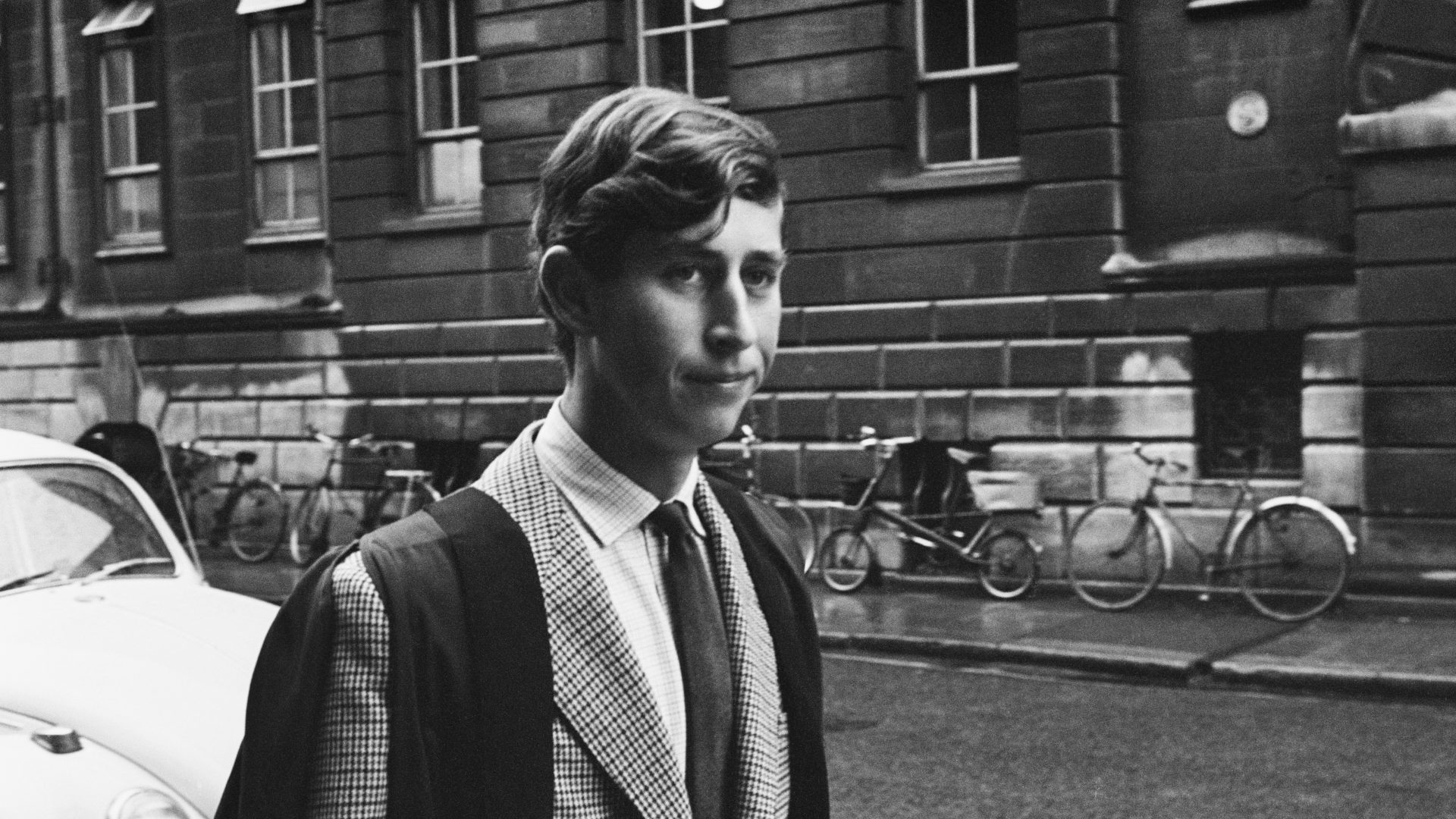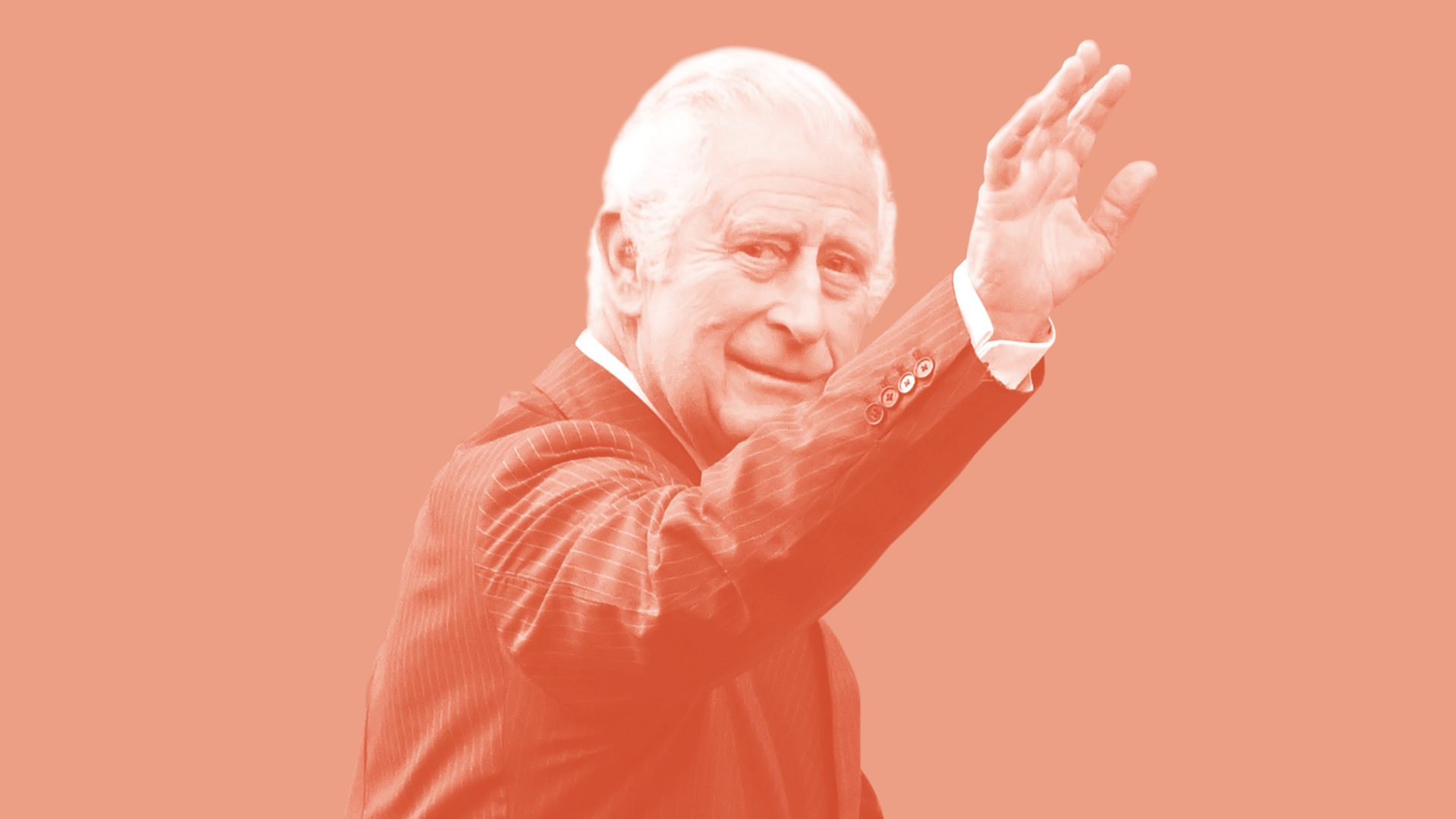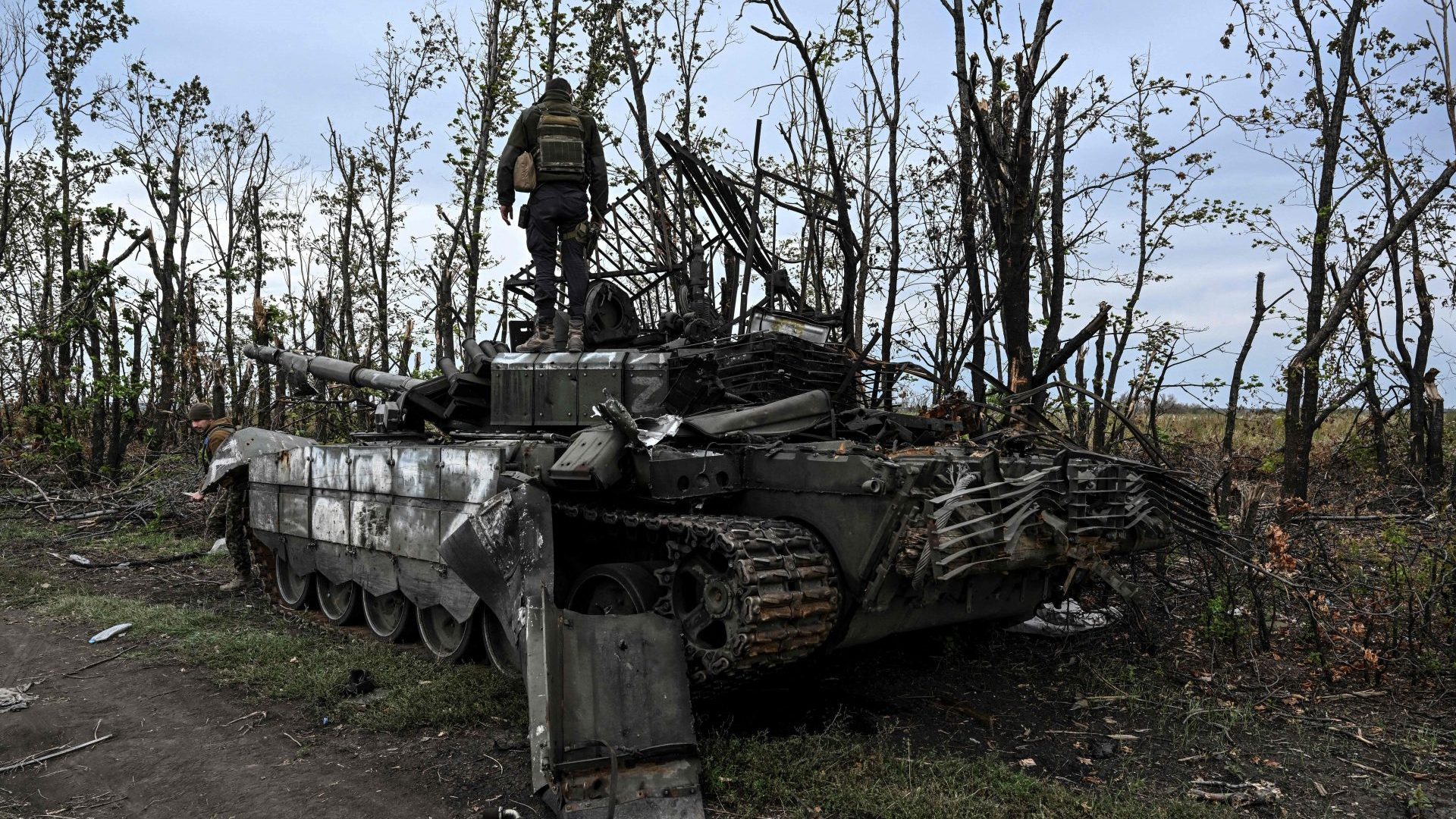I realised long ago that my mother was a Royalist.
She and the late Queen were contemporaries – mamma was a year younger. They both had something to do in the war; both married the man of their dreams; they had their first babies within two days of one another.
I was her first and she named me Bonnie after the nickname given to the infant Prince Charles: Bonnie Prince Charlie.
It was a sweet name for a new baby girl, but also a kind of punishment. My late arrival had caused her to miss out a on a year’s free nappies, the prize in a contest to be won if she had given birth at the same time as the then Princess Elizabeth, Duchess of Edinburgh. These would have been so important for a young family living in one room in a shared house on the bad side of town.
So to explain to me the disastrous consequence of my tardiness – still a bad trait – she made me celebrate his birthday. Every year.
A little cake was bought, a sole candle lit. Until one day I asked her, in between her ironing and her washing and cooking and sewing: “Who was Prince Charles?” She showed me a picture of a little boy shaking hands. Mamma told me that the woman was his mother. That was weird to me and pretty much summed Charles up
Charles was always an old man. It was actually incredible to watch him escape the 1960s: All of it. He ended the decade with a little crown on his head, put there by his mother when she officially crowned him Prince of Wales, although he had been her heir since the age of three.
Then came the 1970s and all of these women were after him, and he played polo a lot. Plus he talked to his plants and tried to get people involved in the environment. The only plant that many of my friends cared about was what could be grown in pots on the windowsill and smoked. He was just out of it.
I refused to watch his wedding to Diana because everybody else in the world was watching and her face was plastered everywhere. All that I wanted to say to him was: “Dude: she’s too young.”
This and more came back to me on my fourth day of being a commentator for American TV on the death of the Queen and the accession of the King. My life has been Green Park, close to Buckingham Palace.
The international media area is a row of long white tents in that part of the park. They were there because the view of the palace was a backdrop. Authenticity.
I don’t watch much US TV, but there were superstars in the tents. I could tell because I heard people screaming: “I’m an anchor!” and “Don’t you know who I am?”
And lining the Mall, cheek by jowl, were the people who came to be witness. To be there.
The royal family. For me, in a weird way, they’ve always been there. Somewhere. For example, I was invited to Windsor for the opening after the fire and the Queen was there and you were told not to approach her and so you didn’t. But she walked up to me. Maybe because we were close to the same height, I suppose, and she could look me level in the eye.
My theatre background told me right away that she had been trained: her gaze was absolutely direct. Straight into your eyes.
There was a crowd of the famous and the great and the good and the lucky, all silent when she entered the room. It was not our imagination. She had presence.
Diana used to eat with her mates at a restaurant I went to, and you were not supposed to pay attention to her.
But I watched her stealthily and I could see that she had that glancing look of someone being chased.
When the flowers were piled high alongside the Mall in the wake of Diana’s death, it was the first time and the last time that I had ever felt a revolutionary spirit here. In that crowd. Men were openly crying; Catholics were making the sign of the cross. The crowd was the most diverse I have seen, too.
My next sojourn with royalty and the crowd was at the wedding of William and Kate. There was something hostile in the atmosphere, something greedy and pushy, and I think that it was because people wanted to see: Her. Judge Her. Like Her or Hate Her.
There were mostly women in my section of the crowd. One threatened me because I had slipped into her eye range. She explained that she had been there all night and day for this one moment: one look at Kate and The Dress.
At Harry and Meghan’s wedding, I was in a glass booth high up with other commentators and from there you could look down on the medieval castle and the people, patiently waiting, a perfect English day in May. They were holding up their cameras, waiting for the carriage carrying the newlyweds to sweep past them; just brush them a little. That was enough.
And now the death of the Queen, the ascension of her son.
The crowd waiting for Charles and mourning the Queen at the same time, were hungry for pictures, any pictures. A handful even took mine. That’s only because someone yelled my name and that I was on the telly and the crowd swerved around as one. A Swiss camera crew ran up and interviewed me; Time magazine took notes all while I was trying to climb a barricade to get to the media section. It was like Monty Python.
There were reports that a woman named Jenny, I think, jumped out of the crowd and kissed the King twice on the cheek. She was brought to our media tent, this lady from Cyprus, and all that she could say over and over was: “I love Charles! I love the royal family! I love them! Love them!”
I was the only American on the commentary team and tried my best to explain it all to the US audience. But I knew, that just like the rest of the world, they, too were projecting on these last of the silent movie stars.
One night, I was alone in the media tent, alone with all of the lights and in the Mall a few extreme royalists who would not really leave, even though they were obliged to. They told me that they love the royal family. Dream about them.
Once I was at Clarence House, Charles’s residence, and had a little walkabout. I saw photos on the tables of him and his sons. They were human pictures of a human being who in the other room was walking down a receiving line shaking hands.
Like he had done to his own mother as a little boy.
There is a weird kind of genius in this strange dance of the monarchy and the public.
All of its publics.
Even those who want a republic and those who do not care.
The royal family pulled off one of the biggest brand coups of the 20th century when they changed the family name from that of the minor German principality: Saxe-Coburg and Gotha, to Windsor.
They have always known and understood one thing: That it was at the pleasure of The People – everywhere – that their family, as a force, are still here. Still in our heads.




